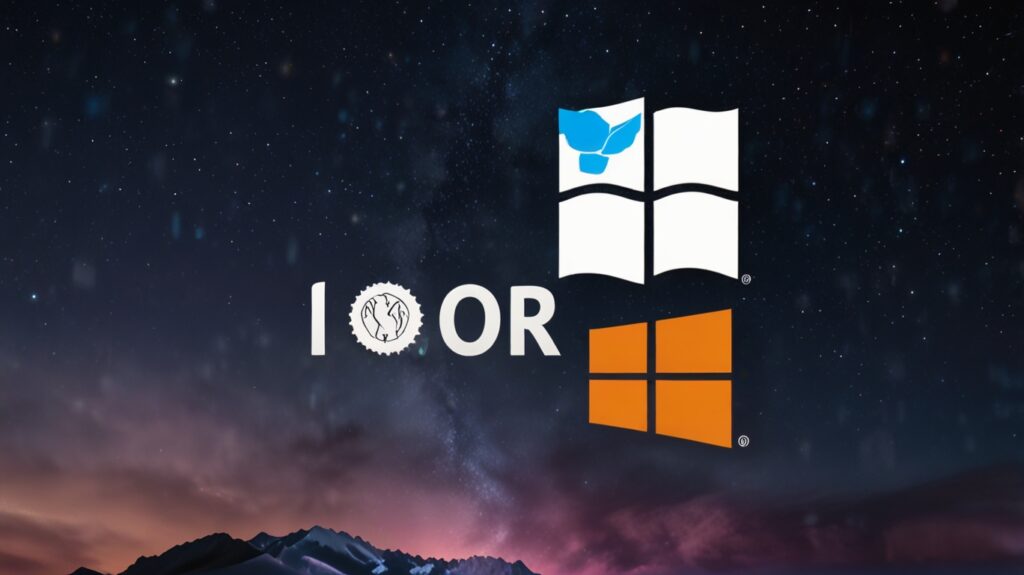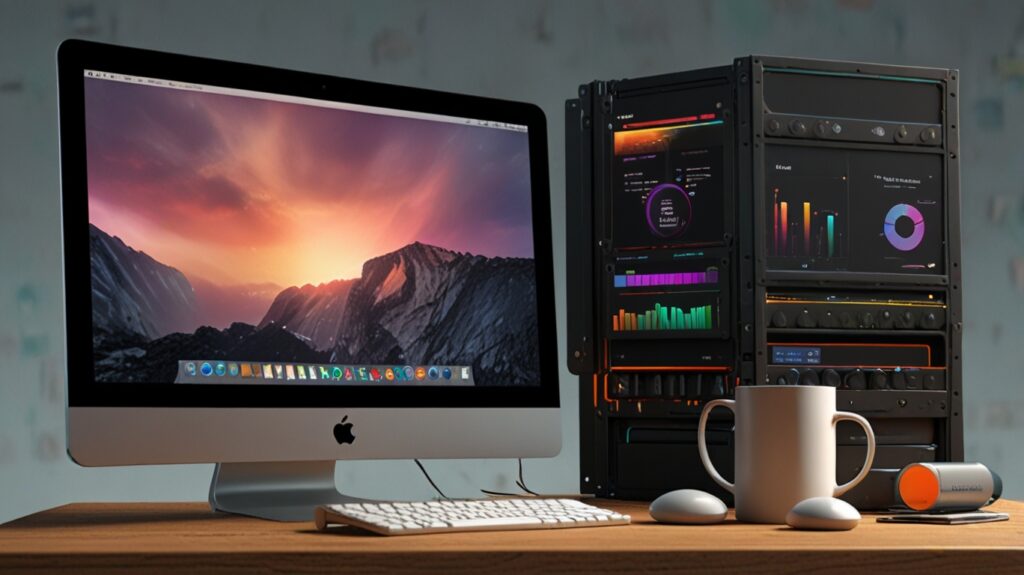In today’s diverse development landscape, having access to multiple operating systems is often essential. Many developers find themselves needing both macOS and Windows on a single machine — whether for testing cross-platform apps, using specific development tools, or simply optimizing their workflow.
But is running macOS and Windows on one machine truly ideal for developers? Let’s explore the pros, cons, and practical considerations to help you decide.
🔍 Why Developers Need Both macOS and Windows
Developers often require access to multiple environments because:
- Platform-specific development: iOS and macOS apps require Xcode, which runs only on macOS, while many enterprise or legacy apps run best on Windows.
- Cross-platform testing: Web and mobile apps must be tested on multiple OSs and browsers.
- Toolchain diversity: Certain development tools, SDKs, or frameworks may only work on one OS.
- Gaming and graphics: Game developers may want to use Windows-based DirectX tools alongside macOS Metal APIs.
- Virtualization and containerization: Running VMs and containers can require OS-specific setups.
✅ Advantages of Running macOS and Windows on One Machine
1. Versatility & Flexibility
Having both OSs on one computer means you can switch seamlessly between environments tailored to different programming languages, frameworks, and platforms.
2. Cost-Effective
Instead of purchasing two separate machines, you save money and desk space by using dual-boot or virtualization.
3. Access to Native Performance
- Dual Booting: Running Windows and macOS natively means full access to hardware resources, critical for tasks like compiling large codebases or GPU-heavy rendering.
- Virtual Machines: Offer the convenience of running both OSs simultaneously, ideal for quick testing and multitasking.
4. Better Workflow Integration
Tools like Parallels Desktop offer tight integration, allowing Windows apps to run alongside macOS apps, enabling smooth developer workflows.
❌ Challenges Developers May Face
1. Switching Overhead (Dual Booting)
Rebooting to switch OS interrupts workflow and can reduce productivity during intensive coding sessions.
2. Resource Allocation (Virtualization)
Virtual machines require dividing your computer’s RAM, CPU, and storage, which may slow down performance on lower-spec machines.
3. Compatibility & Drivers
Certain hardware or peripherals may not work identically on both OSs, requiring extra configuration or troubleshooting.
4. Apple Silicon Limitations
Newer Macs with M1/M2/M3 chips do not support Boot Camp, limiting dual-boot options. Developers must rely on virtualization, which currently has some performance and compatibility caveats.
⚙️ Choosing Between Dual Boot and Virtualization
| Factor | Dual Boot | Virtualization |
|---|---|---|
| Performance | Native, full hardware access | Shared resources, may be slower |
| OS Switching | Requires reboot | Instant switching |
| Setup Complexity | Moderate (partitioning, drivers) | Easier (software install) |
| Apple Silicon Support | Not available | Supported via Parallels, UTM |
| Ideal For | Heavy workloads, gaming, compiling | Quick testing, multitasking |
💡 Developer Use Cases
- iOS and Windows App Development: Mac hardware for Xcode plus Windows for Visual Studio and .NET.
- Cross-Platform Web Development: Test sites and apps on Safari/macOS and Edge/Windows browsers.
- Game Development: Use macOS for design and Windows for DirectX testing.
- DevOps & Testing: Run Windows Server VMs or Linux containers alongside macOS.
🏁 Conclusion: Is Running macOS and Windows on One Machine Ideal for Developers?
Yes, but it depends on your specific needs and hardware.
- If you have an Intel Mac and need maximum Windows performance, dual booting via Boot Camp is a solid choice.
- If you want seamless switching and use an Apple Silicon Mac, virtualization with Parallels Desktop is your best bet.
- Developers working across platforms benefit greatly from having both systems on one machine, saving cost and increasing flexibility.
- For heavy workloads, consider upgrading RAM and SSD storage to ensure smooth operation.

